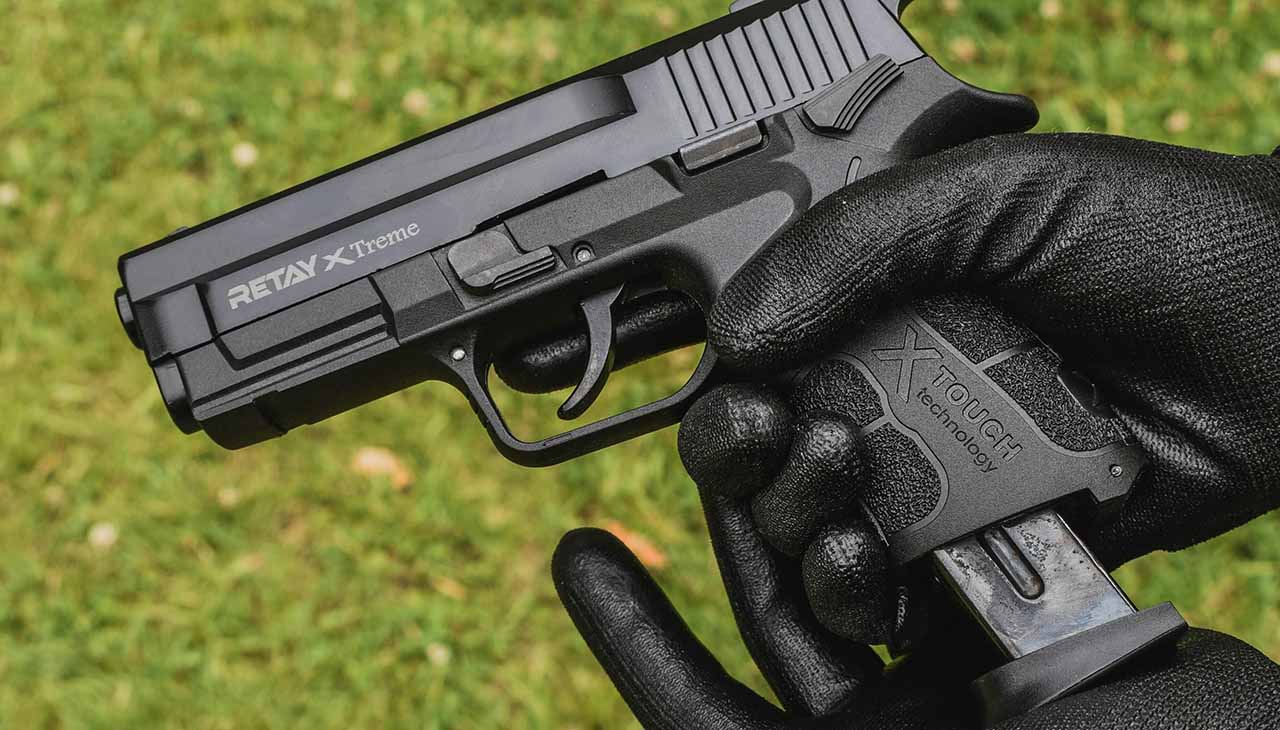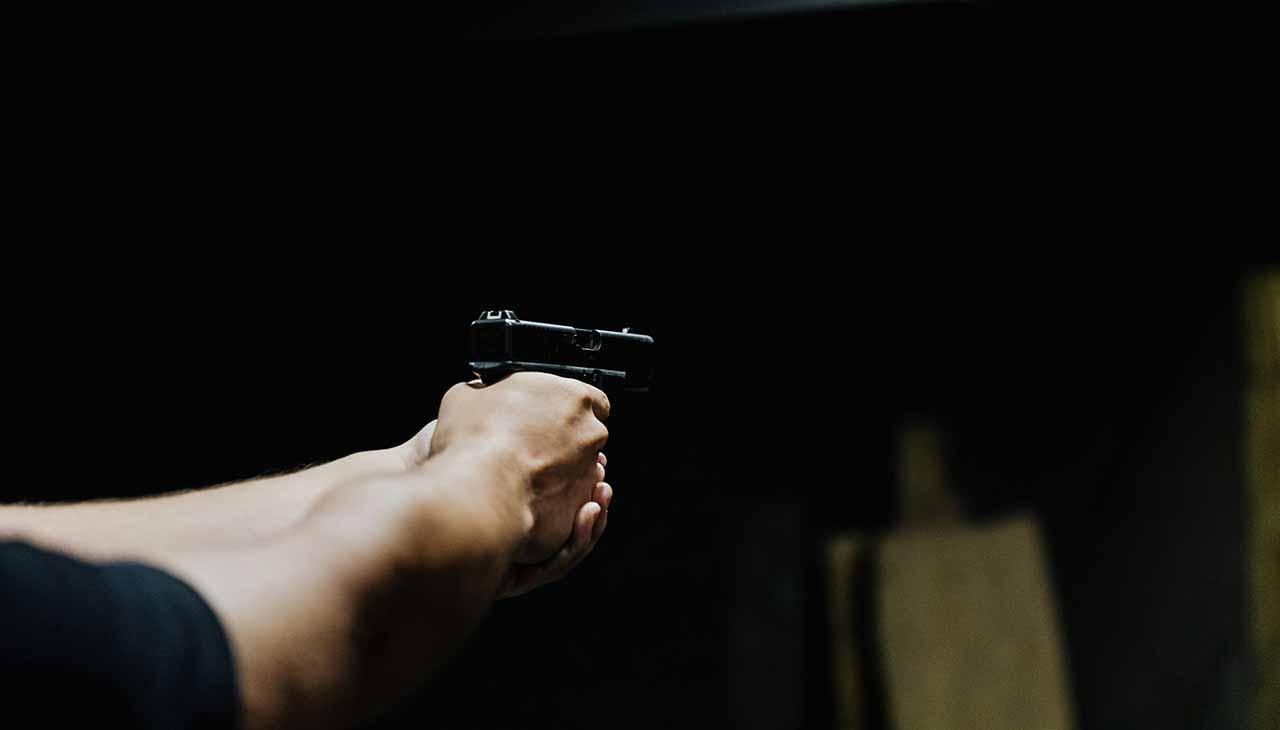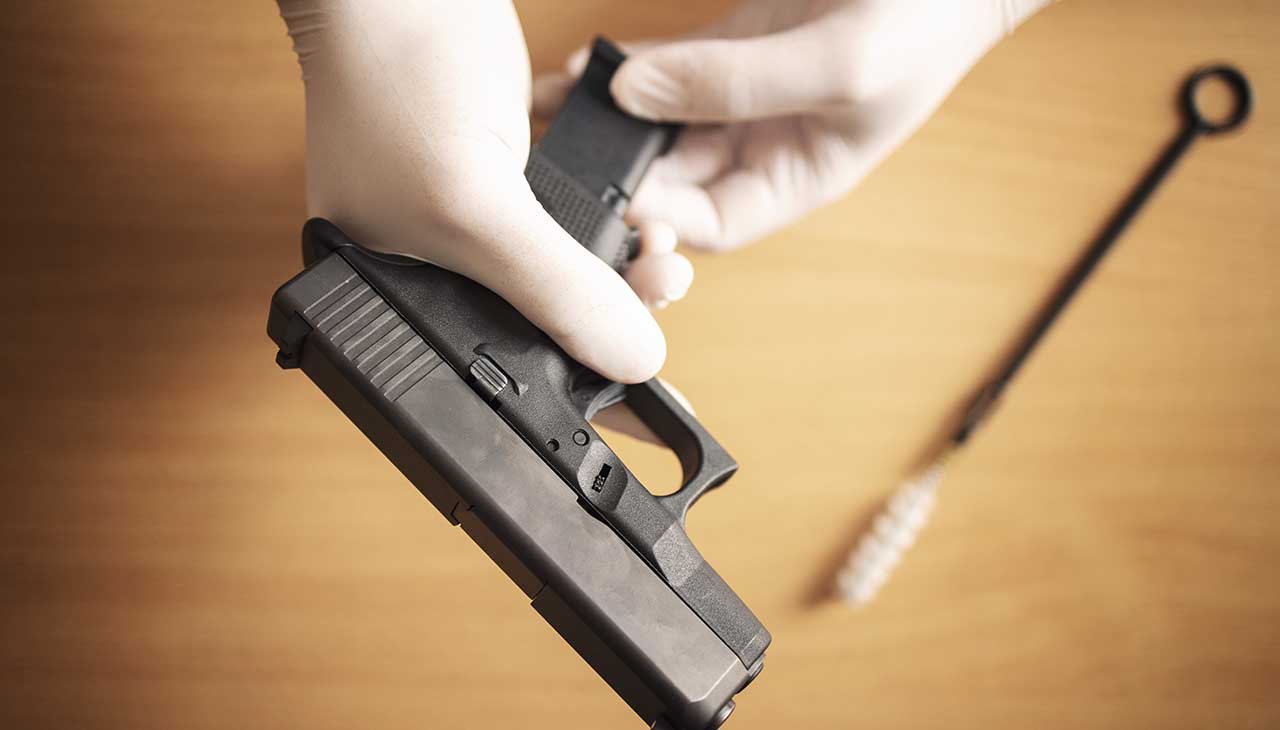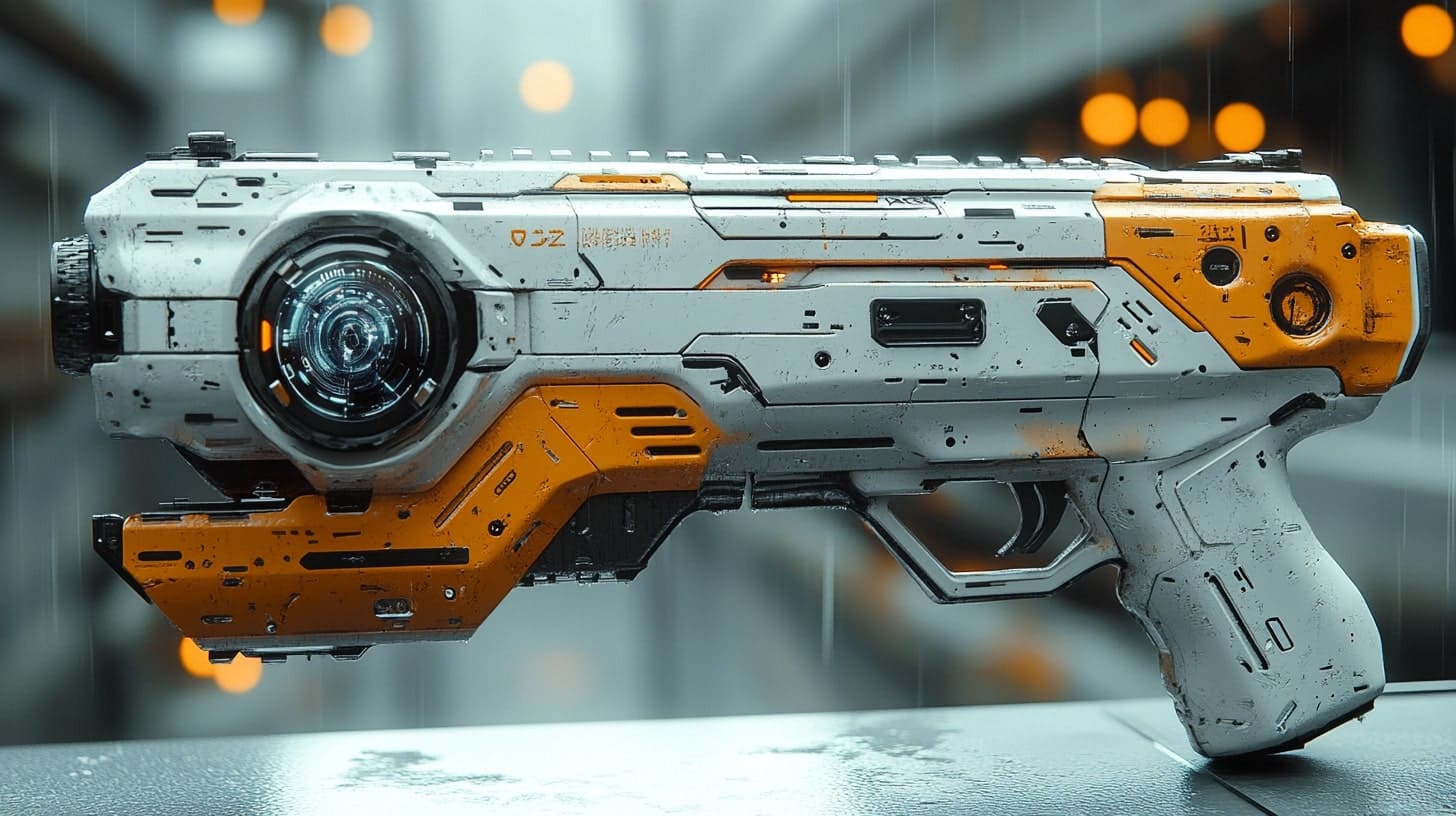Introduction
Firearms are more than just tools of war and hunting—they have shaped the very fabric of societies. From the battlefield to the frontier, firearms have played a critical role in history, influencing the outcomes of wars and the expansion of empires. This blog post takes you on a captivating journey through the history and evolution of firearms, highlighting their technological advances and cultural impacts. Whether you’re a history enthusiast, firearm collector, or gun enthusiast, you’ll find valuable insights and intriguing stories in this comprehensive guide.
Early Firearms
Chinese Fire Lances and European Hand Cannons
The story of firearms begins in ancient China with the invention of black powder. During the 9th century, Chinese alchemists accidentally created black powder while searching for an elixir of immortality. This discovery led to the creation of the fire lance, a bamboo tube that could project flames and shrapnel. These early devices were rudimentary but revolutionary, marking the dawn of gunpowder weaponry.
By the 13th century, the concept of gunpowder weapons had spread to Europe. European artisans began crafting hand cannons, simple metal tubes mounted on wooden stocks. These early firearms were cumbersome and inaccurate, but they introduced a new paradigm in warfare. The hand cannon was the precursor to more sophisticated firearms, setting the stage for future advancements.
Impact on Warfare and Hunting
The introduction of firearms changed the dynamics of warfare. Traditional armor became less effective, and the emphasis shifted towards tactics and firepower. In hunting, firearms allowed for greater range and efficiency, making it easier to bring down game. These changes had profound effects on both military strategies and daily life, paving the way for the next evolution in firearm technology.
The Age of Muskets
Technological Advancements
The musket marked a significant leap in firearm technology. Developed in the 16th century, muskets featured longer barrels, improved firing mechanisms, and greater accuracy compared to hand cannons. The matchlock musket, which used a burning wick to ignite the gunpowder, was one of the earliest innovations. It was followed by the wheellock and flintlock mechanisms, which further enhanced reliability and ease of use.
Role in Historical Events
Muskets played pivotal roles in numerous historical events. During the 17th and 18th centuries, they were the primary weapon in European armies, used in battles such as the English Civil War and the Napoleonic Wars. In North America, muskets were essential tools for both colonial settlers and Native American tribes, influencing the course of events like the American Revolution and the westward expansion.
Influence on Society
The widespread use of muskets had far-reaching social implications. They democratized warfare, allowing ordinary soldiers to wield significant power. This shift contributed to the decline of feudalism and the rise of nation-states. Additionally, muskets facilitated exploration and colonization, enabling European powers to establish overseas empires.
Industrial Revolution and Beyond
Mass Production
The Industrial Revolution brought about a seismic shift in firearm manufacturing. Advances in machinery and production techniques allowed for the mass production of firearms, making them more accessible and affordable. Interchangeable parts became standard, improving reliability and maintenance.
Rise of Modern Rifles
The 19th century saw the emergence of modern rifles, characterized by rifled barrels and breech-loading mechanisms. These innovations greatly increased accuracy and rate of fire. The introduction of percussion caps and metallic cartridges further streamlined the loading and firing process, setting the stage for even more advanced firearms.
Impact on Warfare and Society
Modern rifles revolutionized warfare, making traditional battle formations obsolete. The increased range and accuracy of these weapons necessitated new tactics and strategies. The Civil War in the United States and the Crimean War in Europe showcased the devastating effectiveness of modern rifles, leading to significant changes in military doctrines.
Notable Firearms in History
Kentucky Rifle
The Kentucky Rifle, also known as the Pennsylvania Rifle, was a game-changer for American frontiersmen. Developed in the 18th century, it featured a long, rifled barrel that provided exceptional accuracy. This made it a favorite among settlers and hunters, playing a crucial role in the westward expansion and conflicts with Native American tribes.
Colt Revolver
Invented by Samuel Colt in 1836, the Colt revolver was the first mass-produced, reliable revolver. Its innovative design allowed for rapid, successive shots without reloading, giving its users a significant advantage in combat. The Colt revolver became a symbol of the American West, used by lawmen and outlaws alike.
AK-47
No discussion of notable firearms is complete without mentioning the AK-47. Designed by Mikhail Kalashnikov in 1947, this assault rifle is renowned for its durability, simplicity, and reliability. It has been used in countless conflicts worldwide, becoming a symbol of revolutionary movements and guerrilla warfare.
The Evolution of Firearm Technology
Design Improvements
Firearm design has continually evolved to improve performance and ergonomics. Innovations such as polymer frames, modular components, and advanced optics have enhanced the functionality and versatility of modern firearms. These improvements have made firearms more user-friendly and adaptable to various scenarios.
Advancements in Materials
The materials used in firearm manufacturing have also seen significant advancements. Modern firearms are often constructed from lightweight, durable materials such as carbon fiber and high-strength polymers. These materials improve durability and reduce weight, enhancing the overall user experience.
Functional Enhancements
Technological advancements have led to functional enhancements in firearms. Features such as automatic and semi-automatic firing modes, adjustable stocks, and customizable accessories have expanded the capabilities of firearms. These innovations allow users to tailor their weapons to specific needs and preferences.
The Future of Firearms
Smart Guns
The future of firearms may lie in smart gun technology. These weapons incorporate biometric sensors and digital locks to ensure that only authorized users can fire them. Smart guns have the potential to reduce accidental discharges and prevent unauthorized use, enhancing safety for both owners and the public.
Advanced Ammunition
Advancements in ammunition technology are also on the horizon. Researchers are developing new materials and designs that enhance performance and reduce environmental impact. Innovations such as caseless ammunition and self-guiding bullets could revolutionize the way firearms are used in both military and civilian contexts.
Integration with Other Technologies
The integration of firearms with other emerging technologies is another exciting prospect. Augmented reality (AR) and artificial intelligence (AI) could be used to enhance targeting and situational awareness. These technologies could provide real-time data and feedback to users, improving accuracy and decision-making.
Conclusion
From the rudimentary fire lances of ancient China to the sophisticated smart guns of the future, firearms have undergone a remarkable evolution. Understanding this history not only enriches our knowledge of technological progress but also provides valuable insights into the cultural and societal impacts of these powerful tools. Whether you’re a history enthusiast, firearm collector, or gun enthusiast, the story of firearms is a testament to human ingenuity and adaptability. Explore the world of firearms, appreciate their history, and stay informed about future developments.



